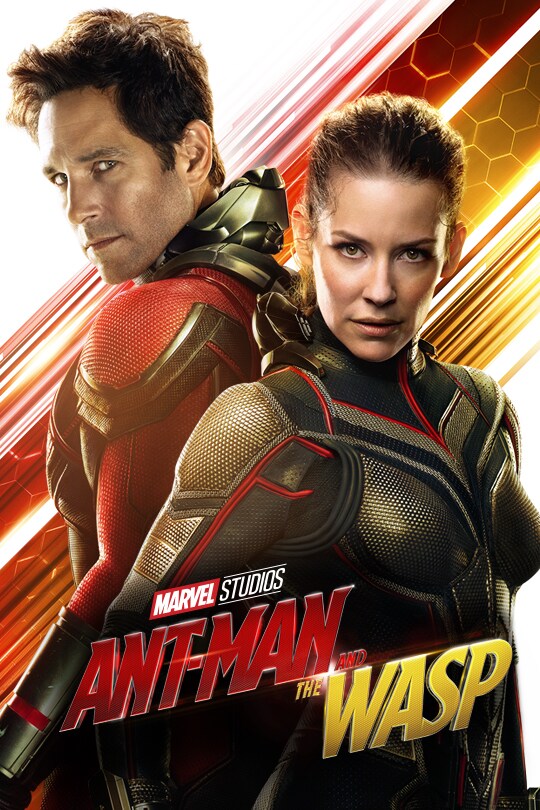I've enjoyed the two Ant-Man movies (and his appearances in "Captain America: Civil War" and "Avengers: Endgame"), but I just do not understand the physics of his size transformations -- or those of his partner, the Wasp.
Through the use of Pym particles, Scott Lang (Paul Rudd) can shrink to insect-size or expand to as tall as 60 feet. When he shrinks, he can ride on flying insects, but somehow he retains enough mass that when he rams into a person, he delivers quite a punch. I don't understand how both of these can be true. Either his shrinking is in dimensions (height, width, girth) only, meaning basically the atoms in his body move closer together; or his mass somehow changes, perhaps because 99 out of 100 atoms disappear.
The dimensional shrinking is the explanation given in the 1966 sci-fi thriller Fantastic Voyage (one of the recently passed Raquel Welch's first big roles), where a submarine and specialized crew are shrunk to the size of a bacteria so that they can navigate the blood vessels of a defecting scientist to repair a dangerous blood clot near the brain that can't be reached by other means. (Yeah, the dimensional shrinking didn't make sense there either, since the mass of a submarine being injected into a person should collapse through the body to the ground.)
Ant-Man's tiny form seems consistent with this dimensional shrinking, though -- even though he's insect-sized, he packs a punch like a human still. But then, how can the flying insect carry him?
And worse yet, when he expands to Giant-Man, if he retained human mass, then he should have an approximate density of 1/1000 -- at 60 feet tall, he's approximately 10 times taller, so he's gaining 10 times in each of the three dimensions, leading to 1/1000. With such light density, he should blow over in the wind, and certainly not be able to deliver giant punches with authority.
I know, they are comic book movies, literally. I do enjoy them. I just don't get the physics.

